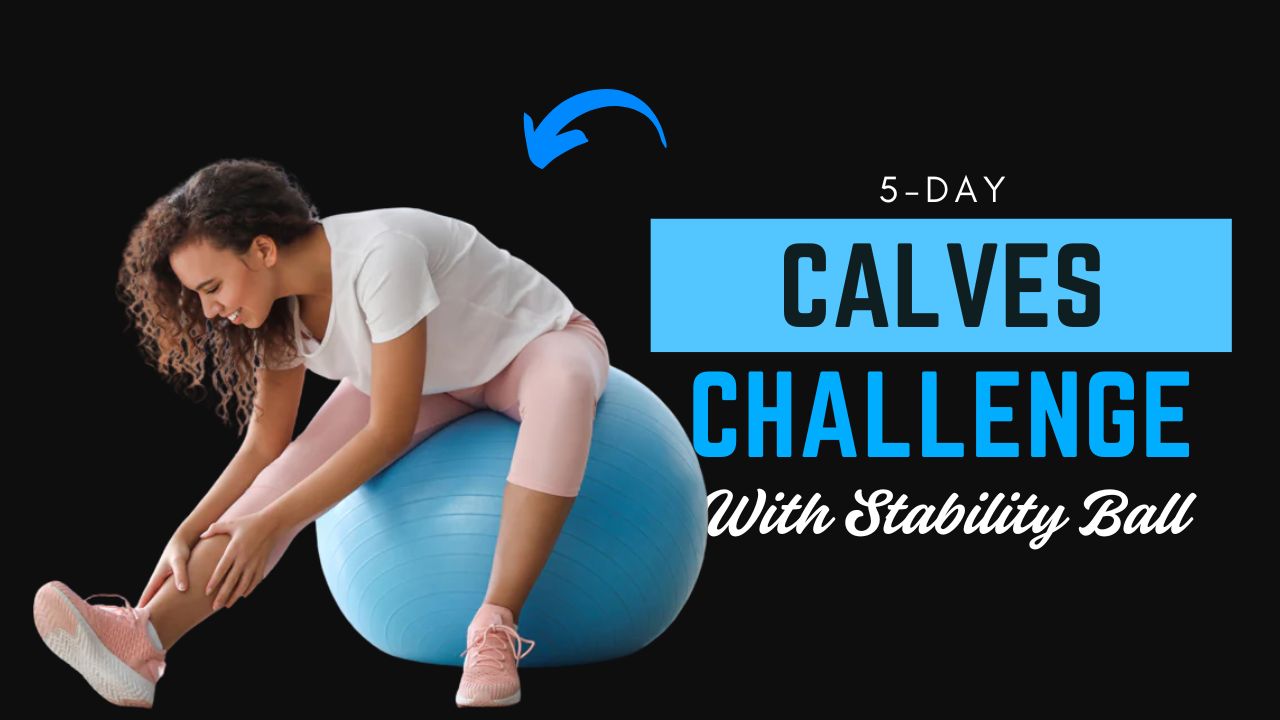Do you know that just like your core or glutes, your pelvic floor muscles also need regular workouts?
Yet, most people ignore them until symptoms—like urinary leakage or reduced intimate sensation—start showing up. Kegel exercises, often underrated, are the foundation of pelvic health.
Whether you’re a man or woman, strengthening your pelvic floor can unlock surprising benefits—improved bladder control, enhanced core stability, and better sexual performance.
In this post, we’ll dive into 9 essential Kegel exercises, how to do them right, and the key benefits each offers. These aren’t your average squeeze-and-release moves. They’re practical, progressive, and built to help you regain control and confidence.

Table of Contents

What Are Kegel Exercises?
Kegel exercises are targeted movements designed to strengthen the pelvic floor muscles, a group of muscles that support your bladder, uterus (in women), prostate (in men), and rectum. Think of them as your body’s natural sling, holding everything in place.
Myth Buster:
“Kegels are only for women.”
Not true. Men can benefit immensely from Kegel exercises, especially for managing post-prostate surgery recovery, erectile dysfunction, and urinary incontinence.
How to Find Your Pelvic Floor Muscles
Before jumping into exercises, it’s crucial to locate your pelvic floor muscles correctly:
- For women: Imagine trying to stop the flow of urine midstream.
- For men: Try tightening the muscles that prevent passing gas or urination.
Important: Only use this technique to identify the muscles—not as an exercise method. Frequently stopping your urine flow can be harmful over time.
Once identified, you’re ready to train.
What Can Happen After 30 Days of Kegel Exercises
Here’s what you may experience after doing Kegel exercises consistently for 30 days:
| Positive Changes | Why It Happens |
|---|---|
| Improved bladder control | Stronger pelvic muscles help prevent leaks and urgency |
| Increased awareness of pelvic floor engagement | Regular training improves mind-muscle connection |
| Reduced urinary incontinence episodes | Strengthening the pelvic floor supports better urinary control |
| Enhanced sexual sensation and performance | Better blood flow and muscle tone boost sensitivity and endurance |
| Greater core stability during workouts | Pelvic floor integrates with your core for improved body mechanics |
| Better posture and spinal support | A strong pelvic base contributes to upright, aligned posture |
| Boosted confidence and quality of life | Fewer embarrassing moments and improved function feel empowering |
| Less pelvic discomfort (if caused by weakness) | Supporting muscles take pressure off joints and tissues |
Do’s and Don’ts of Kegel Exercises
Here’s a quick-reference table to help you perform Kegel exercises safely and effectively:
| Do’s | Don’ts |
|---|---|
| Identify the correct pelvic floor muscles first | Don’t hold your breath while performing Kegels |
| Start with short hold times and build gradually | Don’t use your abs, glutes, or thigh muscles |
| Stay consistent—practice daily | Don’t overtrain or do too many repetitions at once |
| Perform Kegels in various positions (lying, sitting, standing) | Don’t do Kegels while urinating—it can harm bladder control |
| Relax the muscles fully after each contraction | Don’t rush the movement or use jerky contractions |
| Combine Kegels with deep breathing for control | Don’t expect instant results—progress takes time |
| Consult a pelvic floor specialist if unsure | Don’t ignore pain or discomfort during the exercise |
9 Kegel Exercises: Step-by-Step Guide
1. Basic Kegel Contraction (Foundational Move)
How to Do It:
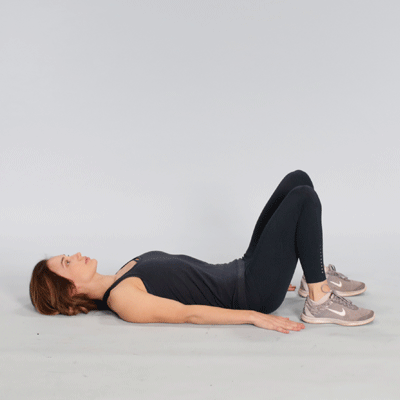
- Sit or lie down comfortably.
- Tighten your pelvic floor muscles.
- Hold for 3–5 seconds, then relax for 5 seconds.
- Repeat 10 times.
Tip: Avoid tightening your glutes, thighs, or abs.
Benefits: Builds baseline strength, improves muscle awareness.
2. Quick Flicks
How to Do It:
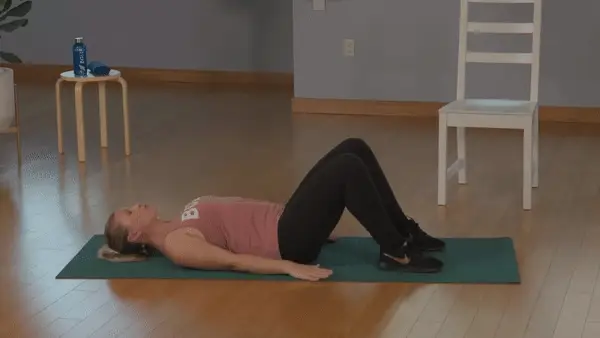
- Contract and release your pelvic floor muscles rapidly.
- Do 10 repetitions in a row.
- Rest, then do another set.
Benefits: Trains fast-twitch muscle fibers—key for preventing sudden leaks from sneezing or laughing.
3. Bridge with Kegel Activation
How to Do It:
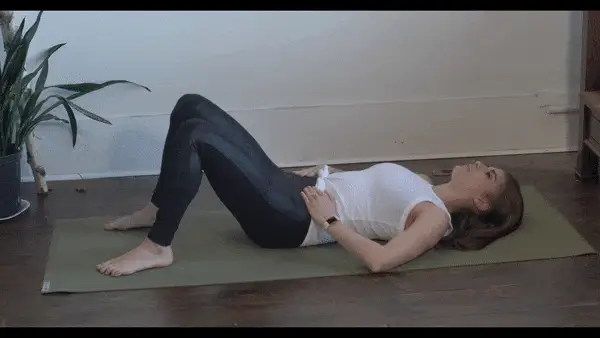
- Lie on your back, knees bent, feet hip-width apart.
- Lift your hips into a bridge while contracting your pelvic floor.
- Hold for 5 seconds at the top, then lower slowly.
- Do 10–12 reps.
Benefits: Adds glute and core activation to enhance pelvic control.
4. Wall Sit Kegels
How to Do It:

- Stand with your back against a wall.
- Slide down into a seated position (knees at 90°).
- Contract your pelvic floor muscles while holding the wall sit.
- Hold contraction for 5–10 seconds.
- Repeat 5–10 times.
Benefits: Builds endurance and coordination under pressure.
5. Heel Slides with Kegel Engagement
How to Do It:

- Lie on your back with knees bent.
- Slide one heel slowly away while contracting your pelvic floor.
- Slide back in and switch sides.
- Perform 10 reps per side.
Benefits: Combines core and pelvic muscle control for dynamic strength.
6. Bird-Dog Kegels
How to Do It:

- Begin on hands and knees.
- Extend one arm and opposite leg while squeezing your pelvic floor.
- Hold for 5 seconds.
- Switch sides and repeat 10 reps each.
Benefits: Great for integrating stability, posture, and pelvic floor strength.
7. Reverse Kegels (Often Overlooked)
How to Do It:

- Sit comfortably and focus on relaxing the pelvic floor.
- Imagine gently pushing down or bearing down slightly.
- Hold for 3–5 seconds, then relax.
Benefits: Improves flexibility and control. Especially helpful for people with overactive pelvic floor or pain.
8. Squat Kegels
How to Do It:

- Stand with feet shoulder-width apart.
- Lower into a squat.
- At the bottom, engage the pelvic floor and hold for 3–5 seconds.
- Stand and relax.
Benefits: Builds functional strength and reinforces control in everyday movements.
9. Kegels with Breath Work (Diaphragmatic Breathing)
How to Do It:
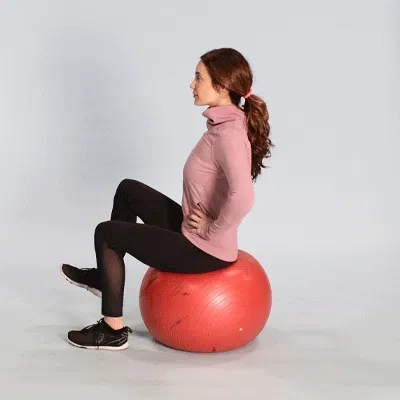
- Lie down or sit tall.
- Inhale deeply through your nose, expanding your belly.
- Exhale slowly and gently lift your pelvic floor.
- Repeat for 5–10 breaths.
Benefits: Teaches you to coordinate breath and pelvic floor—essential for daily function and relaxation.
Why Should You Do Kegels Regularly?
Here’s what consistent practice can help with:
| Benefit | How It Helps |
|---|---|
| Bladder Control | Reduces urinary leaks from sneezing, coughing, laughing. |
| Sexual Health | Enhances sensation, arousal, and orgasm intensity. |
| Postpartum Recovery | Rebuilds strength after childbirth. |
| Prostate Health (Men) | Supports better control and sexual performance. |
| Pelvic Pain Relief | Reduces discomfort from tension or weakness. |
Common Mistakes to Avoid
- Holding your breath during Kegels.
- Using surrounding muscles like thighs or abs.
- Overtraining—your pelvic floor needs recovery too.
- Doing them while urinating (can cause incomplete emptying).
Conclusion
Kegel exercises might seem simple on the surface, but their impact runs deep—literally. Strengthening your pelvic floor can significantly improve daily comfort, long-term health, and even your confidence.
The beauty of these exercises is that they require no equipment, little time, and can be done almost anywhere—yet offer powerful benefits when done consistently and correctly.
By following the 9 Kegel exercises shared above, you’re not just building stronger muscles—you’re investing in better control, improved performance, and a healthier pelvic system. Remember, progress happens with patience and practice.
Frequently Asked Questions (FAQs)
Who should do Kegel exercises?
Kegel exercises are beneficial for both men and women. Women may do them during pregnancy or postpartum recovery, while men can benefit after prostate surgery or to improve bladder and sexual function.
How do I know if I’m doing Kegels correctly?
The correct way to do a Kegel is to squeeze the muscles you would use to stop urination, without engaging your abs, thighs, or glutes. If you’re unsure, consider consulting a pelvic floor therapist for proper guidance.
Can I overdo Kegel exercises?
Yes. Like any muscle group, the pelvic floor also needs rest and recovery. Overtraining can lead to muscle fatigue or even tightness, which might cause pain or discomfort.
How long before I see results from Kegel exercises?
Most people begin to notice improvements in 4 to 6 weeks of consistent practice. However, this can vary depending on your current muscle strength and how regularly you do the exercises.
Is it okay to do Kegels while urinating?
No. While this method is often used to identify the right muscles, doing Kegels while urinating can disrupt normal bladder function and may lead to urinary issues over time.
How many times a day should I do Kegels?
A good starting point is 2 to 3 sessions per day, with each session including 10–12 repetitions. As your strength improves, you can gradually increase hold times and reps.
Are Kegels only for people with pelvic problems?
Not at all. Kegels are just like any other preventive exercise. Even if you’re not experiencing symptoms, they help maintain pelvic health, improve performance, and reduce future risks.
Can Kegels help with sexual performance?
Yes. Strong pelvic floor muscles can enhance sensation, arousal, and orgasm intensity for both men and women. They also contribute to better control and endurance during intimacy.
Are there any tools or devices to assist with Kegels?
Yes. There are Kegel weights (for women) and biofeedback devices that help you track muscle engagement. However, these are optional and not necessary to get results.







